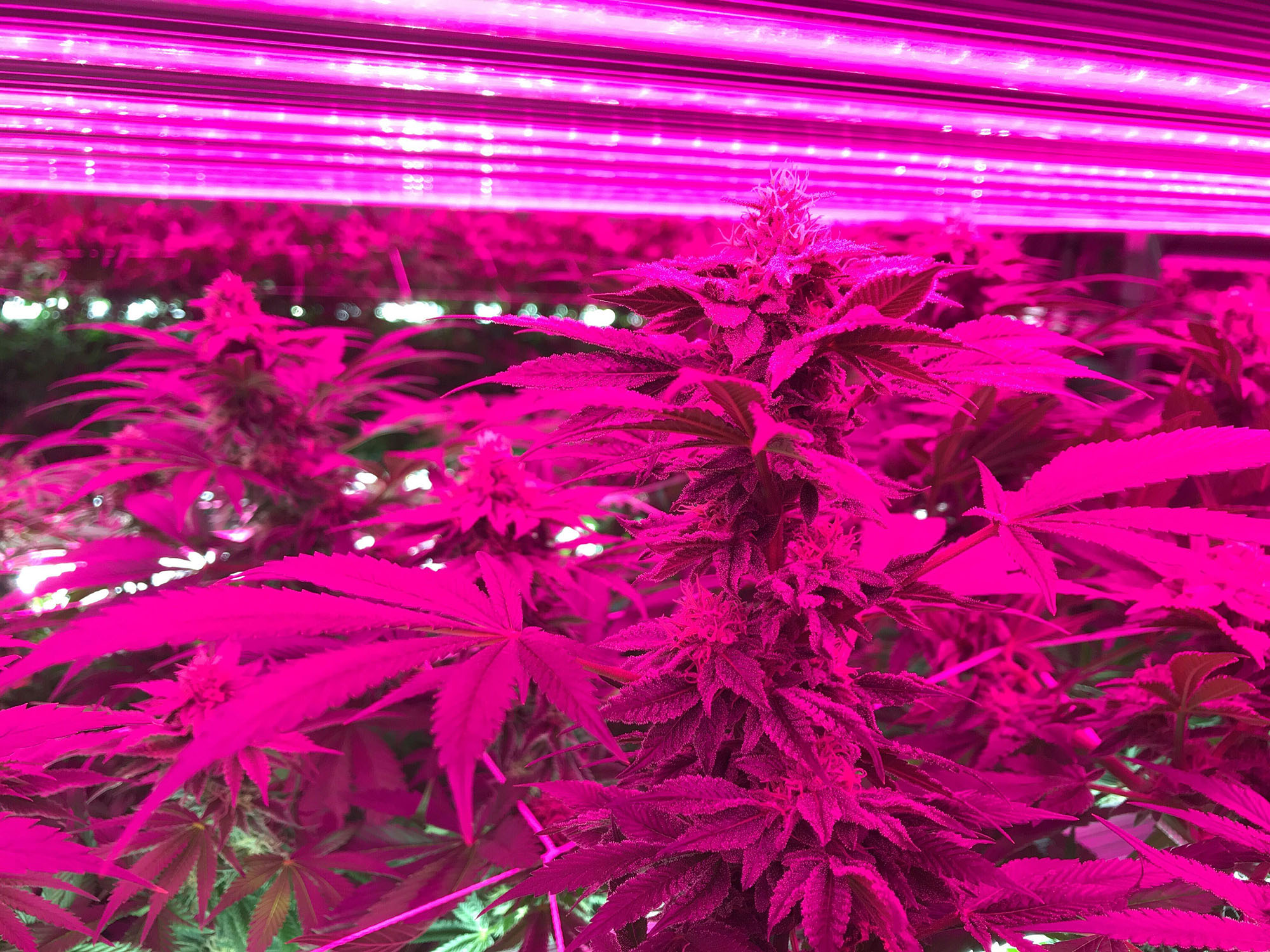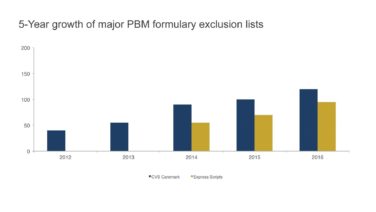Brands such as Starbucks and Chick-fil-A have very little mystery about them. They are successful because the customer can count on having a consistent experience in terms of the quality of the product across all locations. When it comes to purchasing cannabis, this is seldom the case. Cannabis enthusiasts often rant about purchasing a particular strain and having different experiences with each go around.
“Gelato,” a strain that gained notoriety for its pungent aroma and powerful fast-acting effects, was soon cultivated coast to coast. However, what growers may not have known was that “Gelato,” like most cannabis strains, produces up to 503 unique chemical compounds in different ratios and proportions and it is the aggregate effect of those compounds that give a strain its “effect.” The amount of each chemical compound produced is determined by a strain’s DNA and the environment in which it was grown. The plasticity of cannabis and the variability in growing environments make providing customers with a consistent experience difficult.
A 2015 study determined that “marijuana strain names often do not reflect a meaningful genetic identity.” Furthermore, another test of cannabis products found that the THC levels did not match what was advertised. This lack of consistency is causing companies to reevaluate their growing methods and incorporate precision growing techniques into their repertoire to minimize variations in their flower quality.
How We Got to Precision Growing
Traditional cultivation arose during an era of cannabis prohibition, where it was more important to be discrete rather than efficient. Now, as regulations loosen and we head towards federal legalization, we can anticipate more changes each year. The pace of growth for this nascent yet booming industry will be determined by the adoption of new regulations, the evolution of consumer buying habits, and ultimately the ability of growers and facilities to adapt using the application of advancements made in modern agricultural.
While indoor cannabis cultivation methods have improved significantly in recent years, they are still huge electricity hogs, have too many touchpoints, and lack consistency and reproducibility of the growing environment. But solution providers are beginning to address these issues with the application of technology and automation. By leveraging data, growers are empowered to maximize overall quality and yield with fewer touchpoints.

Additionally, we can anticipate the incorporation of software-driven, systems-engineered, vertical farming units that will allow growers to use a multi-tier cultivation approach to maximize their real estate. The software will automate vast amounts of data collection, which in turn will be used to further optimize the cultivation process and ultimately the quality of the flower produced.
Growers must embrace repeatable cultivation procedures coupled with granularly controlled cultivation environments to minimize phenotypic plasticity (variability) in the flower’s chemical and phenotypic expression. By deploying modern technology in new and innovative ways, cannabis growers have the opportunity to break from labor-intensive, resource-driven processes that yield inherently variable results. Precision growing is poised to drive big changes in the cannabis industry—delivering more consistent products through repeatable practices.










